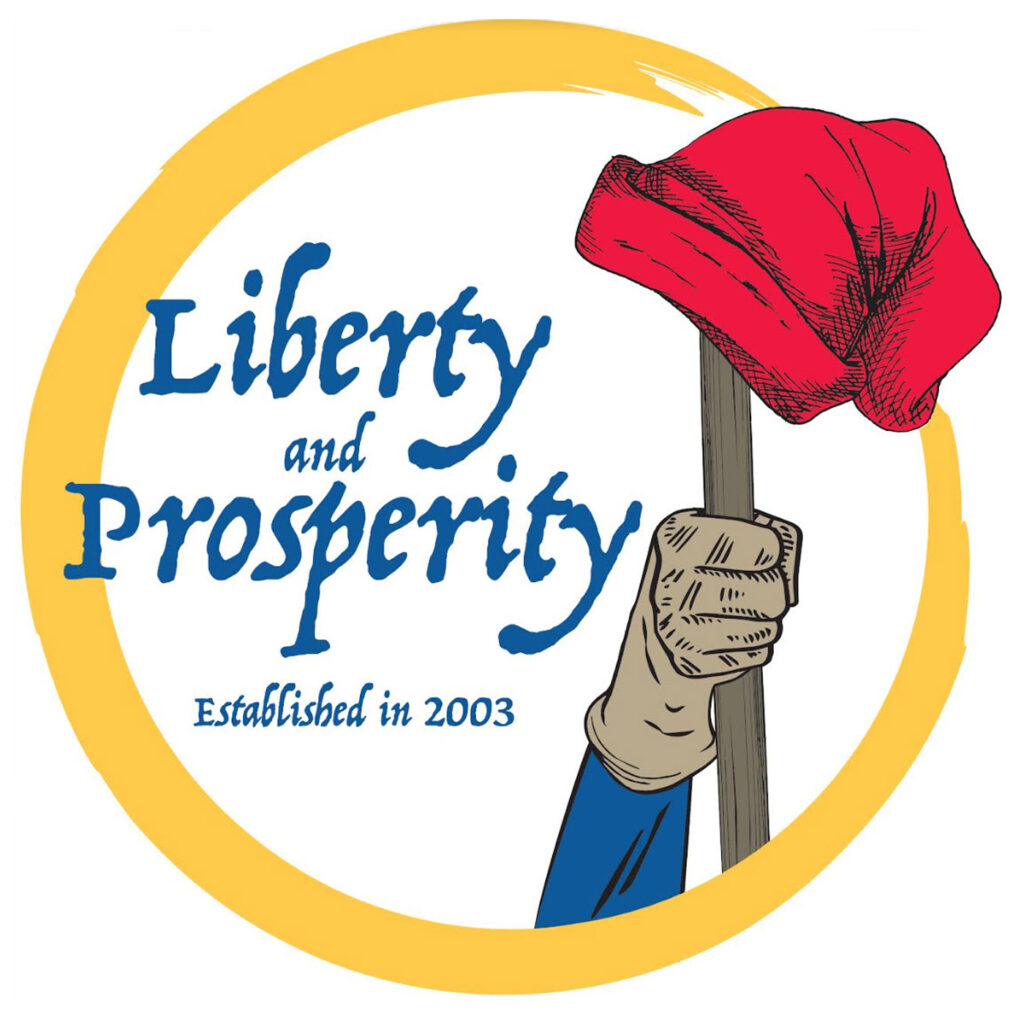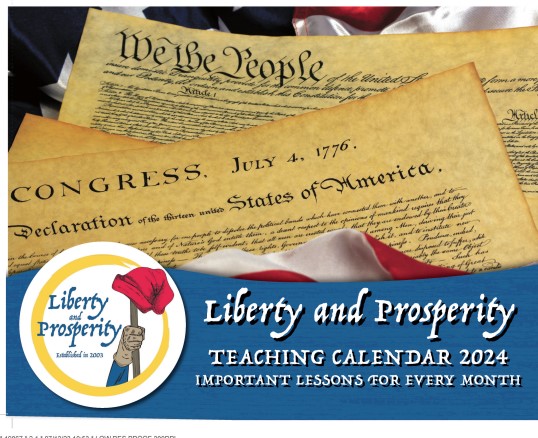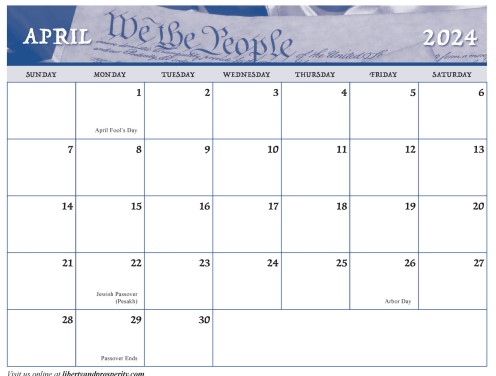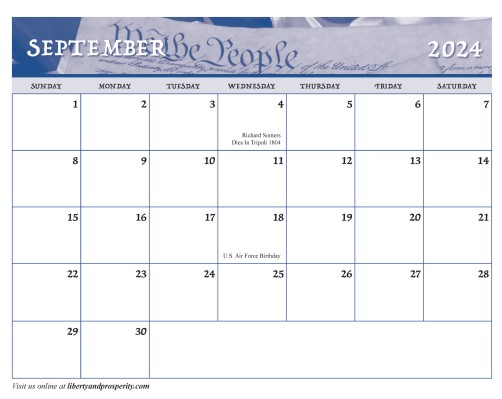This is the final draft before we send it to the printer. If you see any mistakes, please let us know!
Also, we are holding three pages open for ads and sponsorships. $1,000 for full page. $500 half page. $250 quarter page. $200 one fifth page. $100 Business Card. Please contact us by July 21 to reserve your space. Email info@libertyandprosperity.com or leave voicemail at (609) 927-7333. Thanks.
Seth Grossman. Executive Director
OUTSIDE FRONT COVER:
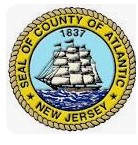
Funding has been made possible in part by the New Jersey Historical Commission, a division of Cultural Affairs within the Department of State, through funds administered by the Atlantic County Office of Cultural and Heritage Affairs.
OUTSIDE BACK COVER:

INSIDE COVER TOP:

Correct above image. Last word should be “governed”.
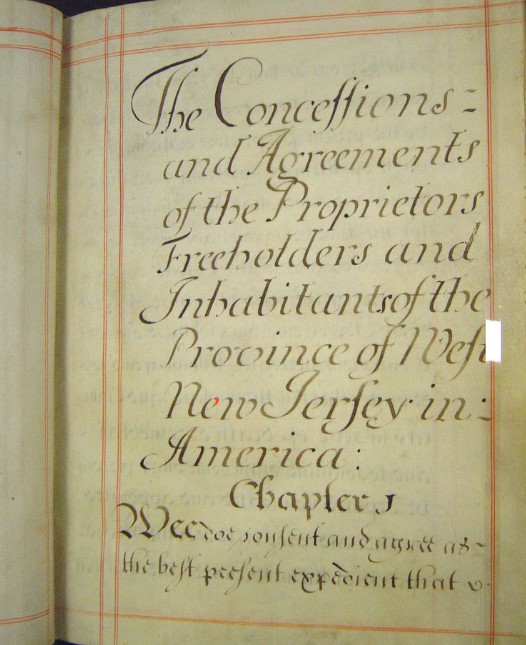
Above: A copy of one of several charters issued by the British government between 1664 and 1676 limiting the powers of government and guaranteeing individual rights to any person “planted” in its new colonies of East and West New Jersey.
Liberty and Prosperity 1776, Inc. is a non-profit, tax-exempt educational charity. The words “Liberty and Prosperity” have been the motto of New Jersey since 1776. We formed our organization twenty years ago in 2003. We have been active in and around Atlantic City ever since.
We agree that America was never perfect. However, when Americans understood and respected our Constitution and founding principles of liberty, our country brought more wealth, opportunity, and justice to more people than any other nation in history.
President Abraham Lincoln said those principles are found in the “sentiments” embodied in the Declaration of Independence which created our nation on July 4, 1776.
We are all created equal. We are endowed by our Creator with certain unalienable rights. Among these are life, liberty, and the pursuit of happiness. To secure these rights, governments are instituted among us exercising their just powers from the consent of the governed.
The thirteen English colonies that became the United States did not have gold, silver, or trade routes to Asia like the Spanish colonies in Mexico, Panama, or South America.
However, England offered something far more valuable to those who settled in its North American colonies: Liberty!
INSIDE COVER (BOTTOM)
In 1664 the British government issued written “Concessions and Agreements” to protect the rights of every person it “planted” in its colonies of East and West New Jersey. Those rights included specific “freedoms and immunities” consistent with “the laws and customs of England” together with freedom of religion.
Britain also gave them the right to create and run their own governments and make their own laws. It required only that those laws be “consonant with reason” and that all taxes be “assessed equally”.
The first governments in New Jersey were small and very inexpensive. Most counties had only four paid officials: Clerk, Judge, Sheriff, and Surrogate. The Clerk kept a public record of every deed so everyone would know the rightful owners of all land in the county. The Judge decided disputes. The Sheriff enforced laws and judgments with the help of citizens he could summon as his “posse comitatus” (power of the community). The Surrogate protected the rights of widows, orphans and those entitled to the property of persons who had died. These original county officials (now known as “Constitutional Officers”) were elected, but not paid with taxes. They collected fees from those who used their services.
Taxes were very low. They were used mostly to pay for roads, bridges, and public buildings. There was only one tax, a tax on real estate. It was paid only by “freeholders”, people who owned real estate. Only freeholders could vote or hold public office so that only those who paid taxes decided how much to collect and spend. The freeholders of each county also elected representatives to a “General Assembly” for the whole colony. The Governor was appointed by the King. However, he could not impose any taxes or spend any money without the approval of that General Assembly.
Americans who lived in colonial New Jersey, like those in the other twelve English colonies, had less government, lower taxes, and more freedom than almost any other people in history. Most Americans lived in better homes, and were better fed, healthier, and taller than their European counterparts. America was soon known in much of Europe as “Das Land Der Unbegrenzten Moeglichkeiten” (The Land of Boundless Opportunities). Sources: Original Founding Documents of New Jersey at njstatelib.org and A History of the American People by Paul Johnson, HarperCollins Publishing, New York (1998)
(PAGE ABOVE JANUARY)
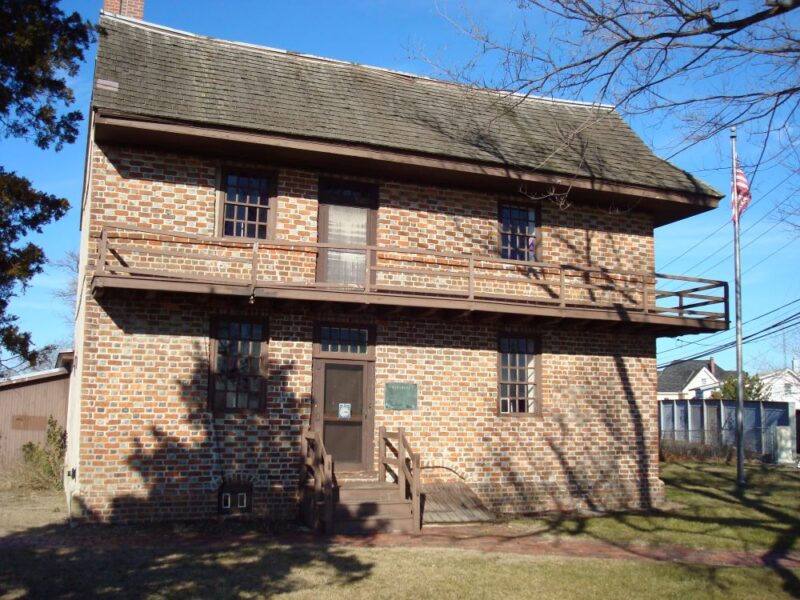
The Somers “Mansion” still stands on the hill near the bridge to Ocean City, in Somers Point, New Jersey. It was built by Richard Somers around 1725. He was the son of John Somers who first setttled there around 1693.

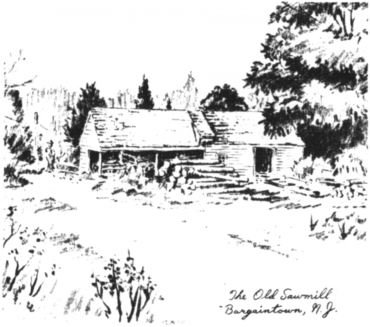
The Religious Society of Friends was a popular Christian movement in England that began in the 1650’s. Its members were called “Quakers” because they were often animated and outwardly exuberant at prayer meetings. Although they were Protestants, Quakers rejected the leadership and certain practices of other Protestant denominations, including the Church of England. Quakers opposed war and slavery. They supported non-traditional leadership roles for women. Because of this, they were often persecuted, barred from public office, and even arrested and put in prison. Many moved to America where some were treated even worse. Three in Massachusetts were put to death between 1659 and 1661.
In 1681, the British government gave ownership of Pennsylvania to Quaker leader William Penn. Penn used it to build the city of Philadelphia and a new colony which guaranteed religious freedom. At that time, many Quakers also bought land and settled in New Jersey on the other side of the Delaware River.
One of them was John Townsend. He moved from Long Island, New York to settle in what is now Cape May during the 1690’s. He hunted whales which were then plentiful in Delaware Bay. He made large profits processing whale products and shipping them throughout the world.
Another was John Somers . He bought and cleared land for a farm in what is now Somers Point. He also ran a ferry across the Egg Harbor River. It connected the “Stagecoach Road” to Cape May with the stagecoach road to New York. His son Richard built the stone house that still stands on the hill by the bridge between Somers Point and Ocean City.
James Somers, a nephew, built a farm in what is now Linwood. He also built a dam across Patcong Creek where a new dam beneath Central Avenue stands today. It created Bargaintown Pond (also called Bargaintown Lake). Water running over the dam turned the wheels of two mills. A grist mill was used to grind corn and wheat into flour. A sawmill cut logs into lumber.
During the early 1700’s, local blacksmiths found clay and “bog iron” in nearby swamps. They built furnaces and forges of clay to extract that iron and to make horseshoes, nails, tools, and other iron products. In 1766, they built a large iron furnace in Batsto.
By the late 1700’s, skilled carpenters were designing ships and using these local resources to build them. George May and Christopher Rape began building ships along the Egg Harbor River in and around Mays Landing during the 1780’s. At that time, the Van Sant family built ships along the Mullica River in what is now Galloway Township.
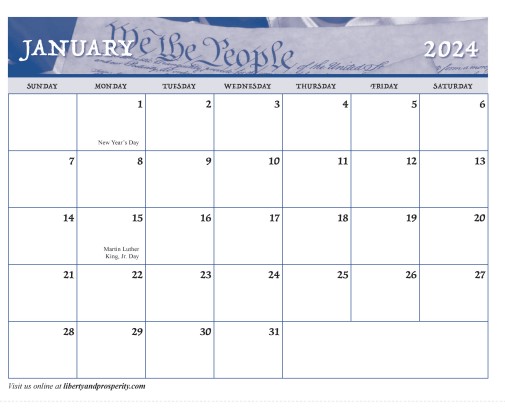
PAGE ABOVE FEBRUARY:
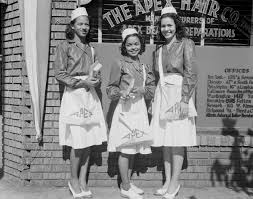
Employees of “Depression Proof” Apex News and Hair Company created and owned by Sara Spencer Washington in front of shop on Arctic Avenue in Atlantic City, New Jersey in the 1930’s
The last Confederate armies surrendered during April of 1865. Republican majorities in Congress and state legislatures then added three amendments to the U.S. Constitution in 1865, 1868, and 1870. They ended slavery and guaranteed equal rights, including voting rights, to all former slaves. However, this did not end the Civil War. White Democrats in the South waged a deadly guerrilla war against Black Americans who tried to exercise their new legal rights. They were just as brutal to any Whites who tried to defend them. These White Democrats also fought a dishonest propaganda war to win sympathy and political support in the North. In 1877, they won enough votes in Congress to remove Union troops who were protecting Blacks in the South. Millions of Black Americans then fled the South during “The Great Migration”.
Col. John McKee, a free Black from Virginia, moved to Philadelphia before the Civil War. He fought in the Union army and later became a colonel in the Pennsylvania National Guard. He became wealthy by investing in real estate. In 1884, he built a new town in Egg Harbor Township for Black Americans fleeing persecution in the South. That area is still known as McKee City.
George Henry White, a former slave from North Carolina, was a successful lawyer and Republican leader who was twice elected to Congress. In 1901, he moved north where he founded a bank. White then bought land in Middle Township in Cape May County. There he built the town of Whitesboro for Blacks leaving the South.
Alma and Clifton Washington, came to Atlantic City during the 1920’s. There, they built and operated a successful bar and restaurant called “Wash’s Inn”. They often called Atlantic City “The New Promised Land”. Their story is told by their granddaughter, Turiya S.A. Raheem, in her book Growing Up in the Other Atlantic City: Wash’s and the Northside.
Sara Spencer Washington opened a beauty parlor on Baltic Avenue in 1911. During the next twenty years, she grew her business into the Apex News and Hair Company. This was a multimillion-dollar enterprise that manufactured and sold cosmetics throughout the United States and Canada. It also ran beauty schools and hair salons and published a popular magazine. It even built and operated a golf course near Atlantic City when other country clubs refused to admit people of color. Source: Golden Beauty Boss: The Story of Madame Sara Spencer Washington and the Apex Empire: Woodruff-Brooks, Cheryl: 9781620062616: Amazon.com: Books
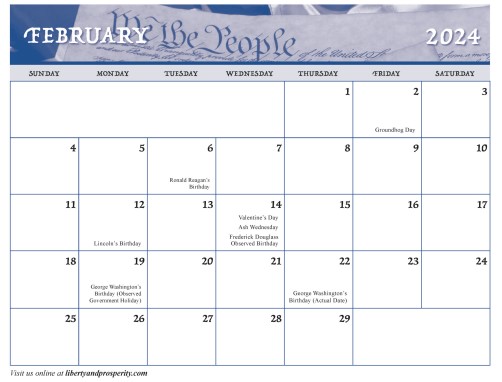
PAGE ABOVE MARCH
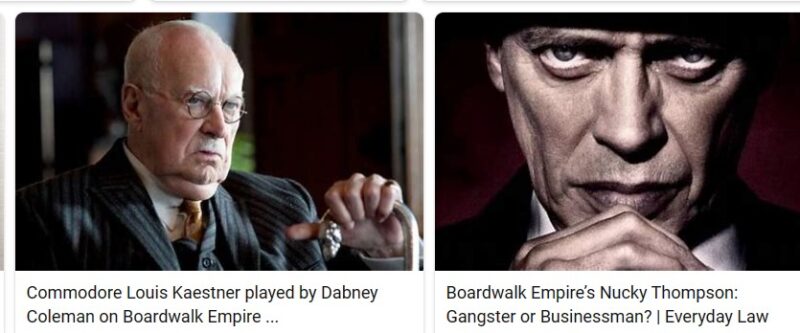
The “Commodore” and “Nucky” are fictional characters in the HBO TV series “Boardwalk Empire”. However, there was a real “Commodore” in Atlantic City named Louis Kuehnle. He learned politics at age 18 in 1878 while running his father’s hotel and saloon there. Kuehnle soon became a popular Republican leader. He “persuaded” those who got government jobs, contracts, and other favors to pay him “ice money” so he could help those in need. Kuehnle won their friendship and votes, especially in the Northside, Atlantic City’s Black neighborhood. At that time, most Blacks voted Republican. Kuehnle used his political power to allow electric and telephone companies to compete and provide low rates and efficient service. Officials backed by the Commodore paved Atlantic City’s streets. They also bought a lake near Pleasantville and a pipeline to give Atlantic City clean and abundant fresh water. Kuehnle had the best engineers and companies in America give Atlantic City a modern sewer system and electric street cars. Kuehnle also used his political power to stop “progressives” in state government from banning liquor sales. All this helped make Atlantic City “The World’s Famous Playground” by 1900. Kuehnle Avenue in Venice Park is named after him. Kuehnle was called “The Commodore” because he ran the Atlantic City Yacht Club.
There was also a real “Nucky”. Kuehnle was a close friend and political ally of Smith Johnson, Atlantic County’s Republican Sheriff. Kuehnle brought Johnson’s son, Enoch “Nucky” Johnson into politics and became his mentor. For years, New Jersey’s Democratic Governor Woodrow Wilson opposed and investigated Kuehnle and his Republican political organization. In 1913, his Wilson’s state attorneys indicted, convicted and jailed Kuehnle for violating various election and government corruption laws. Nucky then ran the Commodore’s Republican organization for the next 27 years. During the 1930’s, FBI agents under Democratic President Franklin Roosevelt spent years investigating Nucky. In 1941 they indicted and convicted him for not paying income tax on his share of profits from illegal gambling in Atlantic City. Nucky was sentenced to ten years in prison but paroled after four years.
Unlike the fictional characters in Boardwalk Empire, neither “Commodore” Kuehnle nor “Nucky” Johnson did business with violent gangsters like Al Capone, Arnold Rothstein, Meyer Lansky, or Charles ” Lucky ” Luciano. However, they did entertain them when they were here on vacation. Source: Nelson Johnson, Boardwalk Empire (2002).
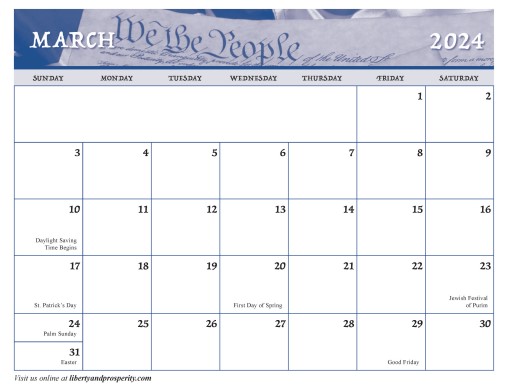
PAGE ABOVE APRIL:
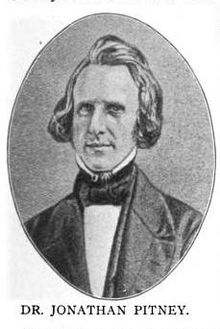
Before Atlantic City was built, very few Americans enjoyed cool breezes by the beach, or “sea bathing” in the ocean on hot summer days. There were only a handful of small, expensive, and hard to reach seashore resorts like Cape May.
Pitney, a medical doctor, moved to Absecon in 1820 at age 23. He enjoyed swimming in the ocean and walking on the empty beaches of nearby Absecon Island every summer. For thirty years, Pitney dreamed of building a health resort there. Finally, he met Samuel Richards, a wealthy Hammonton businessman. Pitney persuaded Richards to help make that dream a reality.
In 1853, the two formed a corporation that sold stock to investors. They raised enough money to buy all of Absecon Island and 54 miles of right of way through farms and pine forests to Camden. They easily obtained state permits for their “railroad to nowhere”. No competitors took their project seriously. Pitney and Richards then completed their new Camden and Atlantic Railroad and a new 600 room luxury hotel on Absecon Island in less than a year. They also persuaded the state to establish Atlantic City as a new and separate town. All this was done just before the first tourists arrived in July, 1854.
In 1877, Samuel Richards built a second high-speed railroad in less than 90 days. By 1900, Atlantic City was a world-famous resort with 27,000 residents. In 1904, the fastest trains in the world ran between Atlantic City and Philadelphia with speeds reaching up to 115 miles per hour. Sources: Nelson Johnson, Boardwalk Empire(2002) and Wikipedia.org/wiki/Atlantic_City_Railroad
PAGE ABOVE MAY:
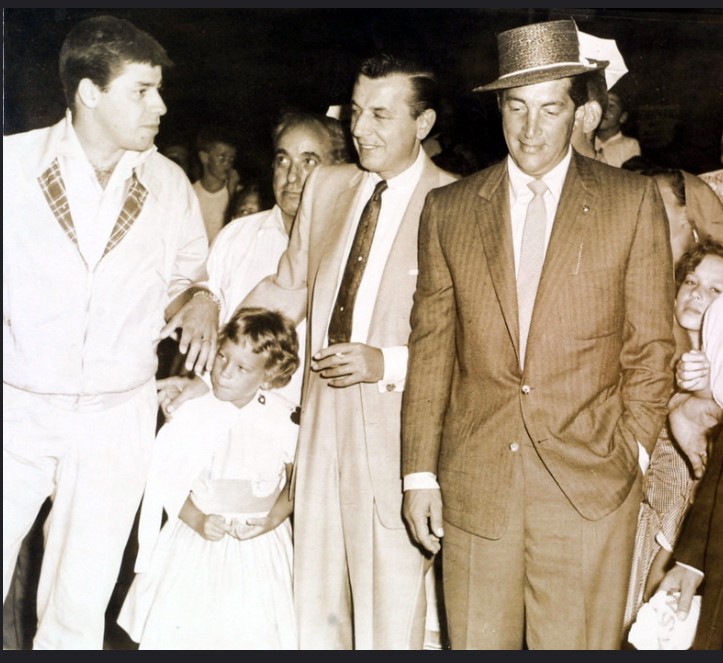
From Left To Right: Jerry Lewis, Paula Jane & Skinny D’Amato, Dean Martin (1950’s)
Between 1880 and 1920, more than 20 million immigrants came to America from Europe. They included 4 million Italians, 2 million Jews, and 1.6 million Irish. Thousands of them came to Atlantic City.
Emilio D’Amato came to Atlantic City from Italy in the 1890’s. He opened a small bar and restaurant in the Italian-American “Ducktown” neighborhood. He and his wife had six children including Paul who was known as “Skinny”. Skinny was 14 years old when his father died in 1922. He and his brother borrowed $45 to rent a pool hall and start a business to support their mother and four sisters. They sold cigars and cigarettes in the front. In the back, they took bets for horse races, and ran pool, card, and dice games for gamblers . Within five years, Skinny and his brother were running fifteen of these “horse joints” . Both were also masters at shuffling and dealing cards. Skinny was handsome, well dressed, and charming. He was polite and fair with customers, performers, employees, and everyone he did business with. These qualities gave him the money and support he needed to buy and open the world famous 500 Club on Missouri Avenue. Throughout the 1940’s and 1950’s , America’s top entertainers including Frank Sinatra, Dean Martin and Jerry Lewis performed there on a regular basis. Source: Grace Anselmo D’Amato, Chance of a Lifetime (2001)
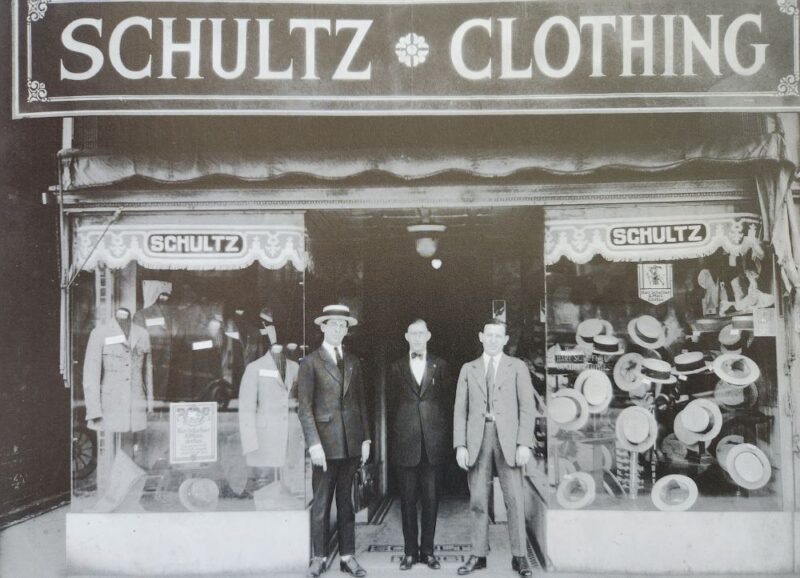
Schultz Upscale Men’s Clothing Shop, Illinois & Atlantic Aves., Atlantic City, NJ (1920’s)
Harry Schultz left Russia when he was 14 and came to live with his brother in Philadelphia. There he worked at a candy factory for $3 per week. Later, he earned more money working as a stockboy, and then as a salesman at several Philadelphia clothing stores. After learning the business, he moved to Atlantic City and opened Schultz Men’s Clothing on Atlantic Avenue. From the 1920’s to the 1960’s, it was one of the best known and most successful high-end men’s clothing stores in the area. In 2009, Margate attorney and builder Leo Schoffer published a book telling similar stories about dozens of other successful businesses built by Jewish immigrants during that time. Every ethnic group that came to Atlantic City during those years had similar success stories. Source: Leo Schoffer, A Dream, A Journey, A Community (2009)
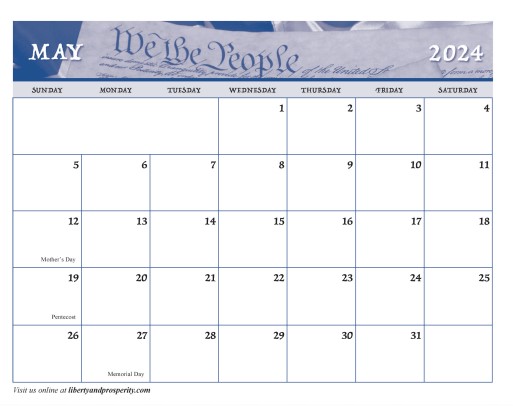
PAGE ABOVE JUNE:
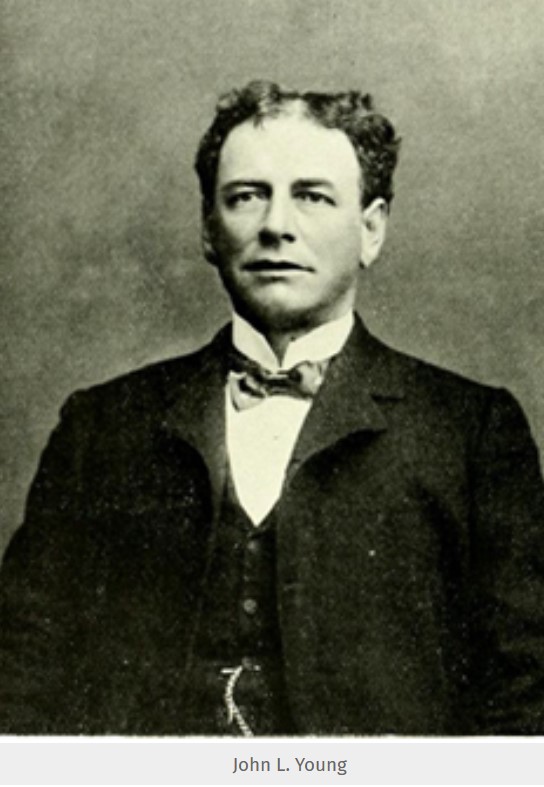
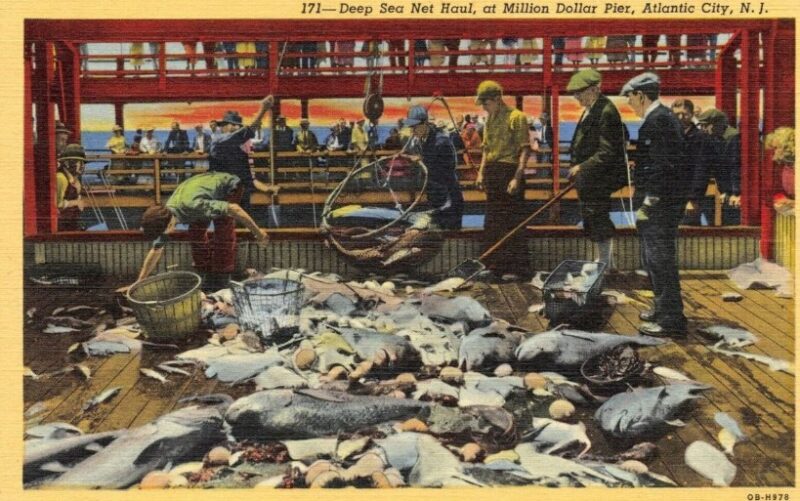
John Lake Young was born in Absecon, New Jersey in 1853. While a teenager, Young worked as a lifeguard in Atlantic City during the summer, and as a skilled carpenter during the off-season. One of his first jobs was putting up a large wooden building shaped like an elephant in Margate. It was built by a real estate developer to attract curious tourists from Atlantic City to Margate where he was selling vacant lots nearby. At age 30, Young was doing patch and repair work on the Boardwalk when he met a successful Philadelphia baker named Steward McShea. The two became friends and business partners. For the next ten years, they built and operated very profitable amusements, rides, activities, and carnival games on the Atlantic City Boardwalk. They included a spectacular carousel, and a roller-skating rink. In 1891, the two bought and expanded one of very few piers permitted over the beach and ocean. To attract bigger crowds, they added an aquarium, a theater, and ballrooms for dancing and concerts. One of their most popular new attractions was a giant fishing net that was used to haul in all sorts of fish and other marine life every day. In 1907, Young built an even bigger pier that he called “The Million Dollar Pier”. Young later built a luxury mansion at the end of the pier and gave it the address “Number One Atlantic Ocean”. Sources: Unrememberedhistory.com and novanumismatics.com

PAGE ABOVE JULY:
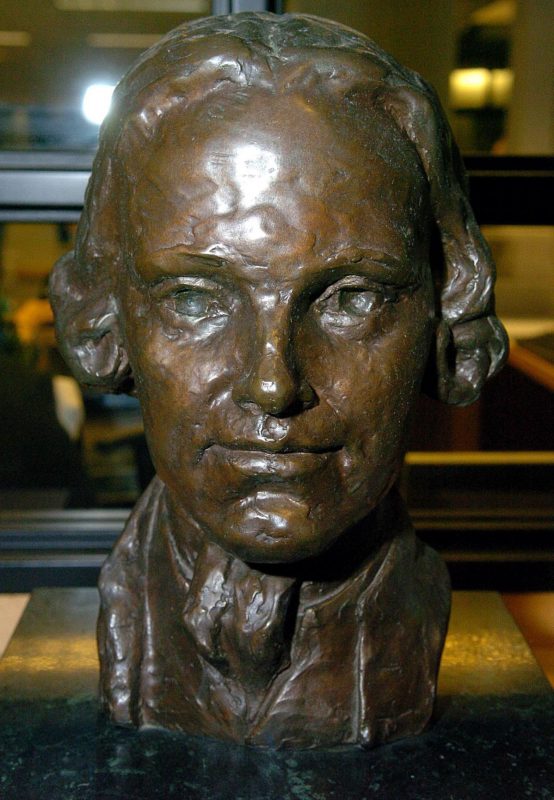
Bust of Richard Stockton at Stockton University, Galloway, NJ. During August of 2017, it was moved from the entrance to its main library to an obscure “Special Collections Room”.
Stockton University in Atlantic City and Galloway Township is named after Richard Stockton, one of the 56 signers of our Declaration of Independence.
Stockton was born in 1730. His parents were Quakers who were already very wealthy. They had developed and expanded large and productive farms in and around Princeton, New Jersey. Richard Stockton further increased his family’s wealth by efficiently managing these farms and by breeding greatly improved livestock. He also became a respected lawyer at age 24 and then an active trustee of what is now Princeton University.
Between 1754 and 1763 the British Empire fought the Seven Years’ War against France and its allies around the world. It was called the French and Indian War in America. This war brought many British soldiers and top government officials to their North American colonies for the first time. When they saw how wealthy Americans had become, Britain adopted new laws to tax us and control our economy.
Richard Stockton and most Americans could easily afford the new British taxes and regulations. However, they believed that the written charters that created New Jersey guaranteed their rights to inexpensive self-government, low taxes, and a free economy. They believed that the British were about to destroy the liberty that had created their prosperity. In 1766, at age 36, Richard Stockton traveled to England, Scotland, and Ireland. There he explained America’s point view to King George III and Britain’s top leaders. In 1768, at age 38, Stockton returned home and became active in politics. He accepted an appointment to the “Council” of New Jersey that was similar to our current State Senate. In 1774, after the Boston “Tea Party”, Stockton tried, but failed, to negotiate a settlement with England. In 1776, Stockton was elected to the Second Continental Congress in Philadelphia. He signed the Declaration of Independence that July.
In September of 1776, the Continental Congress sent Stockton to help prepare upstate New York for an expected British invasion from Canada. On his way home on November 30, Stockton was betrayed by local Tories and captured by the British. He was held in an unheated prison cell during freezing weather and given starvation rations. Although he was released after six weeks, his health was broken. The British then occupied Stockton’s home and took or destroyed most of his possessions, including his specially bred livestock. Stockton died a sick and broken man in 1781 at age 50.
Beginning in 2017, leftist groups throughout America demanded the removal of statues and monuments for historical figures they claimed to be “racist”. During this time, statues of Kate Smith, Teddy Roosevelt, Christopher Columbus, and various Confederate leaders including Robert E. Lee were vandalized, torn down or removed. In August of 2017, Stockton University announced that it had removed its bust of Richard Stockton from the entrance of its main library. It claimed that Stockton was a “slaveowner”. Stockton University also indicated that it was preparing to change its name.
Public records confirm that a Black man named Marcus Marsh was born as a slave on Richard Stockton’s farm in 1765. However, Richard Stockton and his wife raised him with their other children and gave him the same education. Marsh was legally declared free at age 16 shortly after Richard Stockton died. Marcus then studied medicine with Dr. Benjamin Rush, the most respected physician in America. Marcus became a respected pharmacist and was said to be more skilled in medicine than many doctors.
Richard Stockton’s entire family and friends publicly opposed slavery, and actively campaigned to end it. Richard Stockton’s grandson, Robert Stockton, was the first U.S. navy commander to seize slave ships from Africa and free their slaves. During the Mexican-American War, Robert Stockton sent his naval forces inland to occupy California and keep pro-slavery forces out of the territory. Stockton, California is named for him.
Did Richard Stockton benefit from legally owning one or more slaves? Or was he an American “Oskar Schindler”? Did Stockton own slaves like Marcus Marsh to give them the legal protection while he gave them the education, training, and contacts they needed for free and independent lives? We may never know. All letters and other documents with that information were destroyed by the British when they occupied and ransacked Stockton’s home in 1777.

PAGE ABOVE AUGUST:
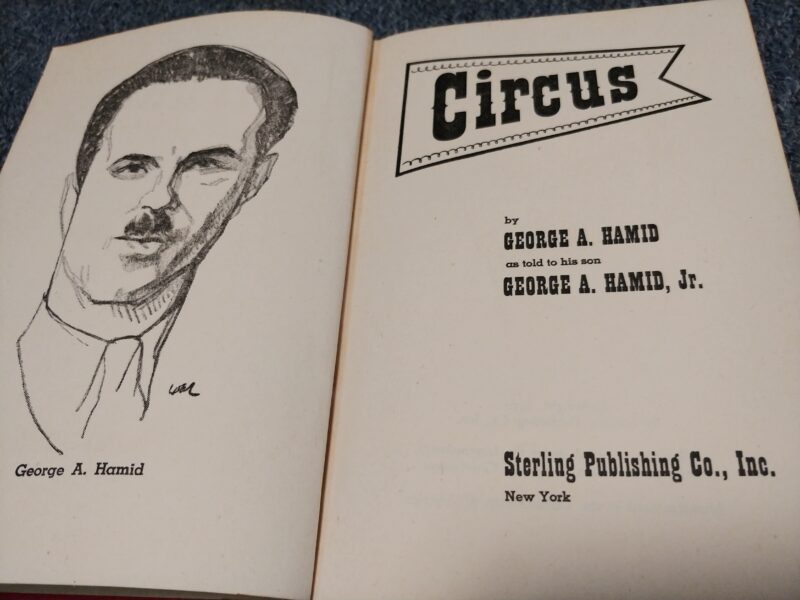
Above biography of George A. Hamid written and published by his son in 1950.
George Hamid came to New York in 1906 when he was ten. His parents sent him to America to escape the persecution of Christians in their native Lebanon, which was then part of the Turkish (Ottoman) Empire.
Hamid was trained to be an acrobat and perform with his uncle’s troupe. For several years, they toured the world with Buffalo Bill’s Wild West Show at the height of its popularity. There, young Hamid was taught and mentored by Annie Oakley, its famous sharpshooter.
In 1913, George Hamid, now 17, formed his own troupe with his brothers. They performed with a traveling vaudeville company that performed in burlesque shows throughout America. That company fell apart after a performance at the Globe Theater in Atlantic City.
Hamid and his brothers survived by doing acrobatic tricks for tips on the beach by the Boardwalk. After a few weeks, they were invited to perform at the nearby Steel Pier. They became an instant success. Hamid soon earned enough to form his own complete traveling show, and later his own circus. Hamid bought the Steel Pier in 1944. He and his son George Hamid, Jr. successfully ran it and other entertainment venues throughout the country for the next thirty years. Source: George A. Hamid, Jr., Circus, Sterling Publishing (1950).

PAGE ABOVE SEPTEMBER:
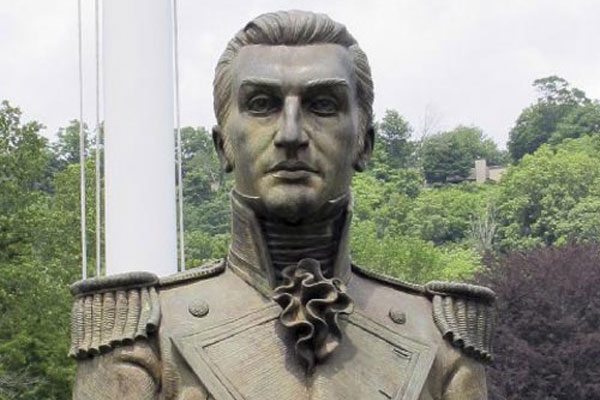
This Statue of Richard Somers was placed in a park dedicated to his memory in Somers Point in 2013. An identical statue stands in Somers, New York, a town named after him shortly after his death in Tripoli in 1804.
Richard Somers was born in Somers Point in 1778. After elementary schooling, Somers attended Abercrombie’s Episcopal Academy in Philadelphia. Like most young Americans then, Somers completed school when he was 15. He then learned and mastered a trade. At 18 he was a master of merchant ships and regularly sailed them between New York and Philadelphia.
At that time, America had no navy. Americans saw no need to pay for one after we had won our War for Independence in 1783. However, they would soon change their minds.
One year later, warships from four “Barbary” kingdoms in North Africa attacked American merchant ships sailing in and near the Mediterranean Sea. They seized the ships and their cargoes. They sold the passengers and crew as slaves, or held them for ransom. These “Barbary Pirates” had been attacking the ships and coastal villages of non-Muslims countries as far north as Iceland for more than a thousand years. Eventually, most European countries paid the Barbary kingdoms bribes or tribute for “protection” from these attacks. For fifteen years, America did the same. We also paid ransom to free Americans who had already been captured. Within a few years, American ships on the high seas were also stopped, harassed, robbed and seized by warships from England and France, and numerous bands of pirates. By 1798, Americans had enough. We said “Millions for defense. Not one cent for tribute”. We built a new navy.
Twenty year old Richard Somers was one of the first to join. In 1803, Somers commanded a warship with 103 men that was sent to North Africa. He and our new American navy fought with skill and courage. They soon won the admiration of the world. Three of the four Barbary kingdoms made peace with America. On September 4, 1804, Richard Somers and twelve others came up with a daring plan to quickly win the war against Tripoli, the last Barbary kingdom still at war with us. They packed their ship Intrepid, with explosives. They planned to sail it into Tripoli harbor and have it explode near the enemy fleet. Unfortunately, the ship exploded before it was close enough. Richard Somers and all aboard were killed. However, their courage and ingenuity inspired the Americans to keep fighting, and persuaded Tripoli to make peace with America.
PAGE ABOVE OCTOBER:
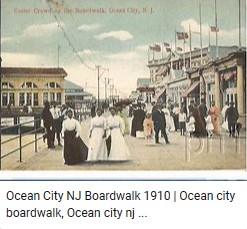
Above: Easter Sunday, 1910 on Ocean City, New Jersey Boardwalk.
In 1879, Methodist ministers from Philadelphia and the Lake family of Atlantic County formed an association to create a Christian summer beach resort on Peck’s Beach. This was an almost empty island of beaches and sand dunes just south of Absecon Island where Atlantic City had been built. They planned to name their new resort “Ocean City”.
They did much of what Jonathan Pitney and Samuel Richards did to create Atlantic City twenty-five years earlier. In 1880, they bought the entire island. They then laid out streets, divided the island into building lots, and sold them to the public. They also set up a new railroad company to bring visitors to and from the island. There was already a railroad line between Camden and Atlantic City. They only had to run track from nearby Pleasantville to Somers Point across the bay. A steam ferry brought visitors from there to the island. The first bridge to Ocean City was built in 1883. In 1884, the state allowed Peck’s Beach to withdraw from Upper Township and have its own local government with the new name of Ocean City.
The founders of Ocean City made their new beach resort far different from Atlantic City. Liquor sales, gambling, and prostitution were banned from the island. The main attraction was a “tabernacle” located between 5th and 6th Streets. It housed revival meetings, worship services, lectures, and social events to promote Methodist Christian values.
Ocean City’s main streets were named after John Wesley and Francis Asbury. John Wesley was a preacher and scholar who led a revival movement within the Church of England between 1730 and 1791. Wesley preached to large outdoor gatherings. He was also a fierce opponent of slavery. Wesley later founded the Methodist Church in England and America. Asbury began preaching for the Methodist Church throughout America in 1771. In 1784, he became the leader of the Methodist Church in America. Asbury inspired and helped Richard Allen who later founded the African Methodist Episcopal Church (AME) for African-Americans in the United States in 1816.
OCTOBER, 2024
Holidays:
1. Rosh Hashana Begins Sundown
2. Rosh Hashana
11. Yom Kippur Begins Sundown
12. Yom Kippur/Columbus Lands In America
13. US Navy Created 1775
14. Columbus Day National Holiday
31. Halloween
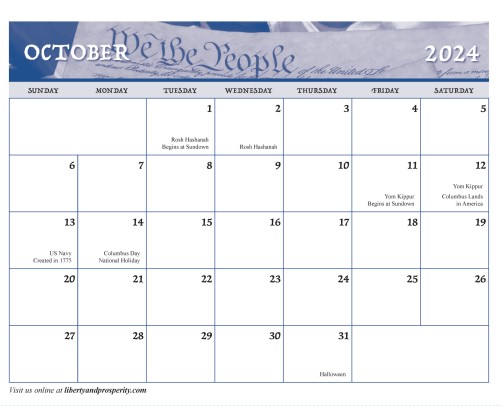
PAGE ABOVE NOVEMBER:
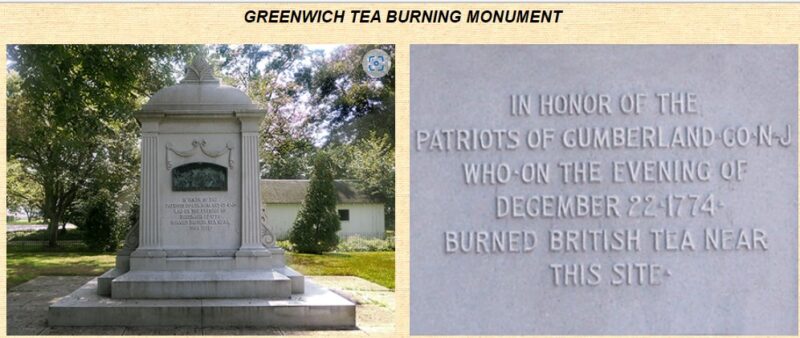
Monument to Tea Burning in Greenwich, Cumberland County on December 22, 1774.
By 1773, most Americans already believed they were blessed to live in this country. They seemed to have more freedom, wealth, safety and happiness than any other people in the world. They also believed that the limited and inexpensive governments they had created under their colonial charters had made that possible. All of this seemed threatened when the British Parliament passed the Tea Act of 1773. This Tea Act did more than impose a tax on Americans without their consent. It also bailed out the failed British East India Company. It made that one favored company exempt from taxes that all competing businesses had to pay, and from regulations that all competing businesses had to comply with. Americans were afraid that if this became normal, government in America would become as complicated, expensive and corrupt as governments in Europe.
On December 16, 1773, citizens in Boston protested the new British tax and corporate bailout by destroying British East India Company Tea on three ships in Boston Harbor. During the next six months, similar protests took place in Philadelphia, Annapolis, and other major American port cities. During the fall of 1774, the captain of a ship carrying British East India tea tried to avoid these problems by quietly delivering his cargo to the small New Jersey village of Greenwich in Cumberland County. To his surprise, local farmers discovered, removed, and burned the tea on December 22. Soon afterwards, residents began to pronounce the name of their town as “Green Witch” to show that they wanted nothing to do with the English town having the same name.
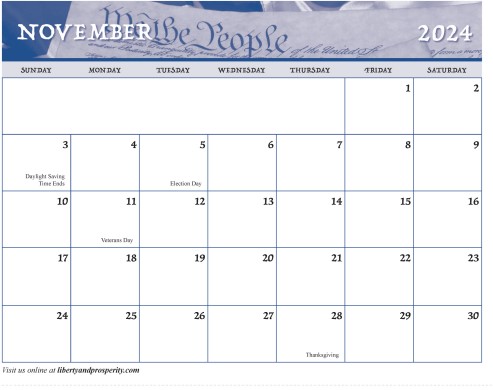
3d. Daylight Savings Time Ends
5d. Election Day
11d. Veterans Day
28. Thanksgiving
PAGE ABOVE DECEMBER:
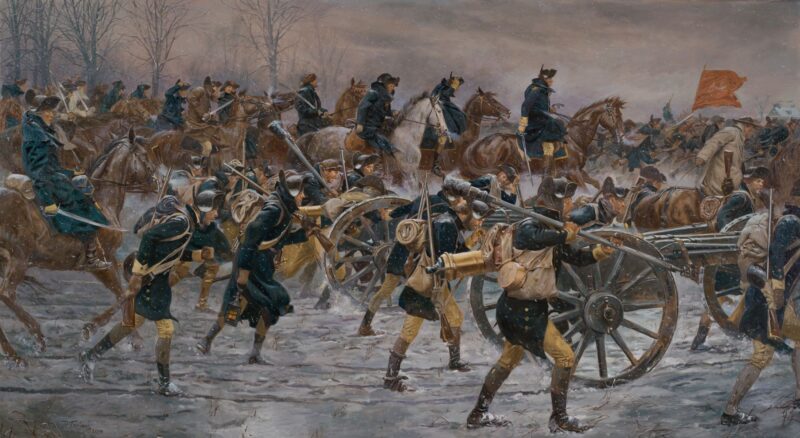
George Washington and his army march on Trenton after crossing Delaware River into New Jersey. Morning of December 26, 1776.
American independence seemed like a lost cause in December of 1776. When the Declaration of Independence was signed in Philadelphia that July 4, a massive British fleet of 300 ships, 10,000 sailors and 30,000 soldiers arrived in New York harbor. Some 18,000 of those soldiers were “Hessians”. They were professional soldiers “rented” by the British government from Hesse and other independent states in Germany. That August and September, those British and Hessian soldiers destroyed some 90 percent of George Washington’s army in battles at Brooklyn, Manhattan, and White Plains, New York. They then chased Washington and his remaining 5,000 men out of New Jersey and into Pennsylvania.
Much of New Jersey was settled by Quakers. Most came to America as determined pacifists who opposed all war. However, many of those Quakers later saw a need to fight to defend themselves and their families. Richard Somers, the father of the U.S. Navy hero with the same name was one of them. He became the commander of the militia for Gloucester County. At that time, Atlantic and Camden Counties were part of Gloucester County.
As they occupied much of New Jersey, many British and Hessian soldiers began to steal property and abuse local women. The militias of New Jersey fought back. Members who were Quakers became known as “Fighting Quakers”.
When George Washington heard of this resistance, he made plans to attack the 1,500 German soldiers under British command in Trenton. That Christmas night, Washington with 2,500 of his soldiers crossed the Delaware River and won a lopsided victory the following day. They killed or captured roughly a thousand German soldiers and suffered only two dead from the cold. One week later, the Americans won a second decisive victory against the main body of British troops at Trenton, and a third victory at Princeton. News of these three American victories in New Jersey instantly revived support for the American cause. Source: David Hackett Fischer, Washington’s Crossing. 2004.
DECEMBER, 2024:
Holidays:
7. Japan Attacked Pearl Harbor
18. NJ 3rd State Ratify US Constitution
21. First Day of Winter
25. Christmas/ Hanukkah Begins Sunset
31. New Years Eve.
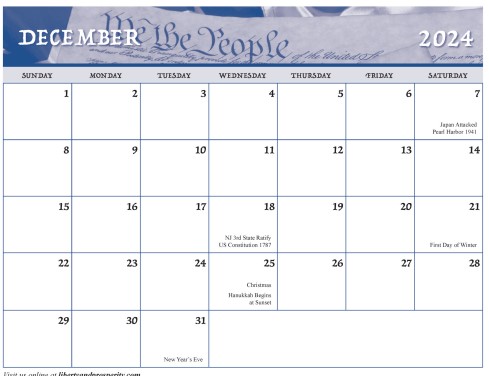
NOTE: LEAVE SPACES FOR ADS TO BE SOLD AND INSERTED.!!



LibertyAndProsperity.com is a tax-exempt, non-political education organization of roughly 200 citizens who mostly live near Atlantic City, New Jersey. We formed this group in 2003. We volunteer our time and money to maintain this website. We do our best to post accurate information. However, we admit we make mistakes from time to time. If you see any mistakes or inaccurate, misleading, outdated, or incomplete information in this or any of our posts, please let us know. We will do our best to correct the problem as soon as possible. Please email us at info@libertyandprosperity.com or telephone (609) 927-7333.
If you agree with this post, please share it now on Facebook or Twitter by clicking the “share” icons above and below each post. Please copy and paste a short paragraph as a “teaser” when you re-post.
Also, because Facebook and Twitter falsely claim our posts violate their “community standards”, they greatly restrict, “throttle back” or “shadow ban” our posts. Please help us overcome that by sharing our posts wherever you can, as often as you can. Please copy and paste the URL link above or from the Twitter share button to the “comments” section of your favorite sites like Patch.com or PressofAtlanticCity.com. Please also email it to your friends. Open and use an alternate social media site like Gab.com.
Finally, please subscribe to our weekly email updates. Enter your email address, name, city and state in the spaces near the top of our home page at Homepage – Liberty and Prosperity. Then click the red “subscribe” button. Or email me at sethgrossman@libertyandprosperity.com or address below. Thanks.
Seth Grossman, Executive Director
LibertyAndProsperity.com
info@libertyandprosperity.com
(609) 927-7333

